A new aluminum-nickel molten salt “freeze-thaw” battery could be the ticket to acting as a renewable tech storage solution.
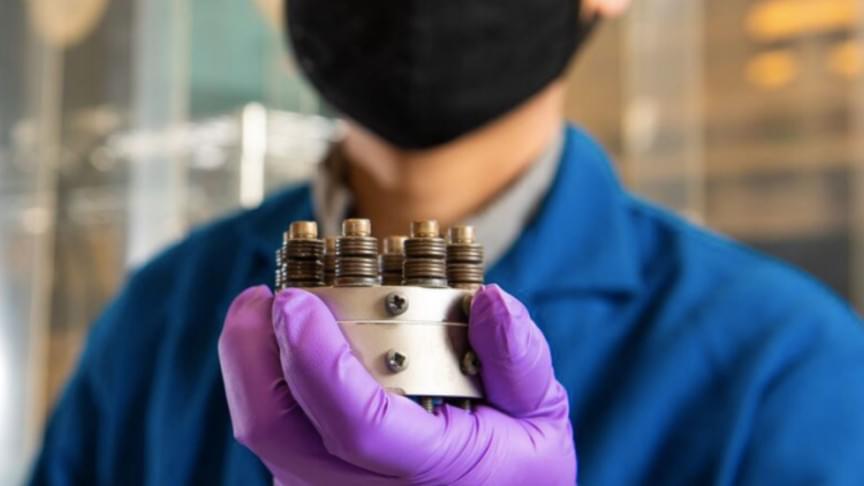


View insights.
An April 8, 2024, solar eclipse will give tens of millions of skywatchers a chance to experience the celestial phenomenon – the last chance to do so from the U.S. until 2045, scientists say.
With two years to go, here’s what to know about the 2024 total solar eclipse.
The next total solar eclipse visible from the U.S. and North America will occur on April 8, 2024, beginning around 10 a.m. in Mexico and ending in the late afternoon over Maine and eastern Canada.

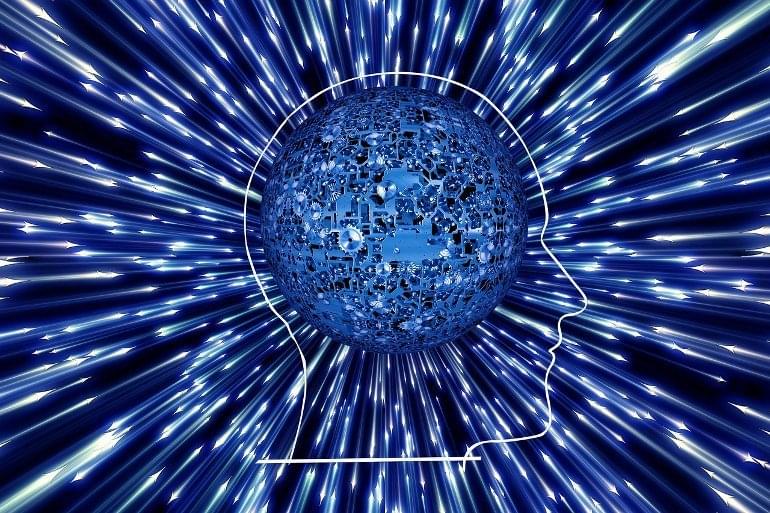
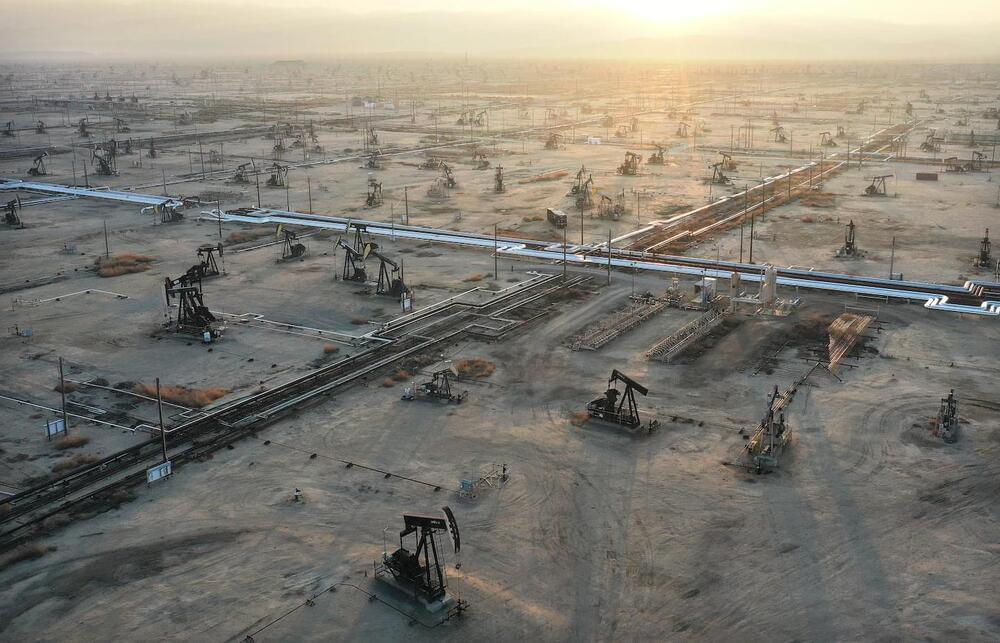
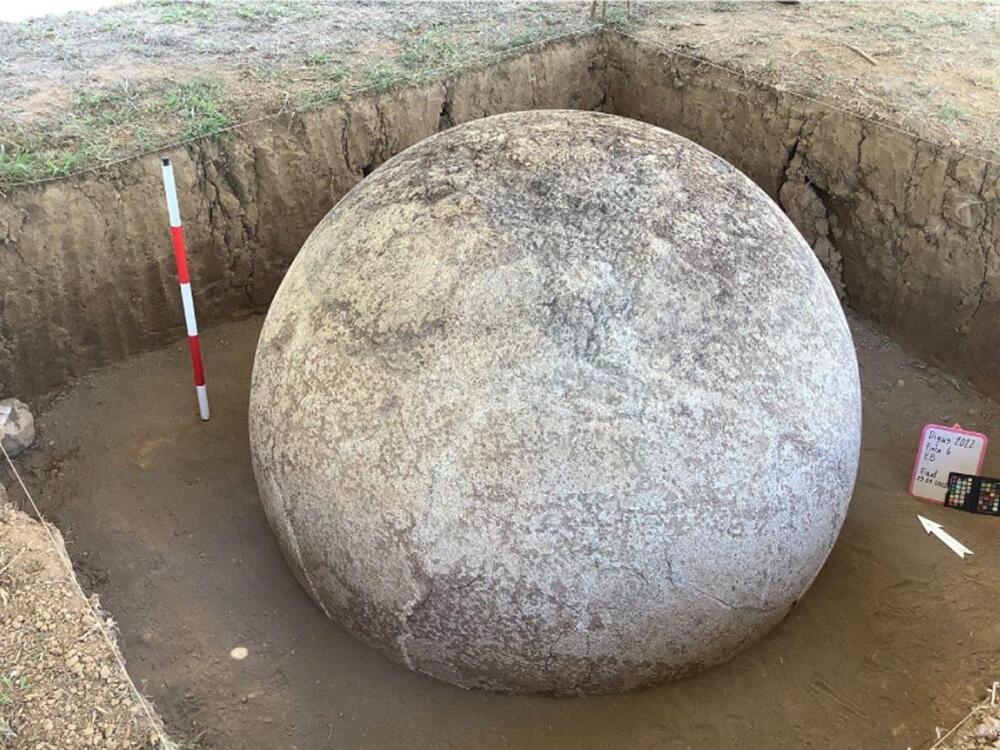
During the Chiriquí Period between AD 800 – 1,500, many settlements grew into large communities around the alluvial lands of the Térraba River and its main tributaries, constructing large structures using round-edged boulders, paved areas, burial sites, and circular or rectangular mounds with stone walls.
The Diquís reached an apex of cultural development during this period, with Diquís artisans creating elaborate ceramic, bone, and gold objects, and sculpturing stone spheres in important zones within the settlements. Stone spheres were also placed in alignments in public plazas, or along the approach to the dwellings of the ruling elite or chieftains.
Archaeologists from the Instituto Nacional de Antropología e Historia (INAH) and the National Museum of Costa Rica (MNCR) have excavated 6 stone spheres as part of a wider project to preserve the monuments.



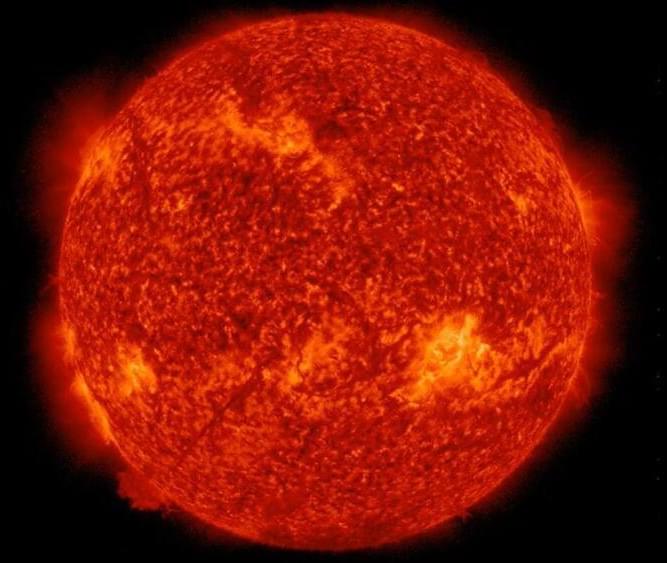
The “canyon of fire” is at least 12,400 miles (20,000 kilometers) deep and 10 times as long.
Filaments of plasma escaped from a fiery canyon that opened on the sun’s surface on Sunday (April 3) releasing powerful streams of magnetized solar wind that might bring more auroras to Earth later this week.